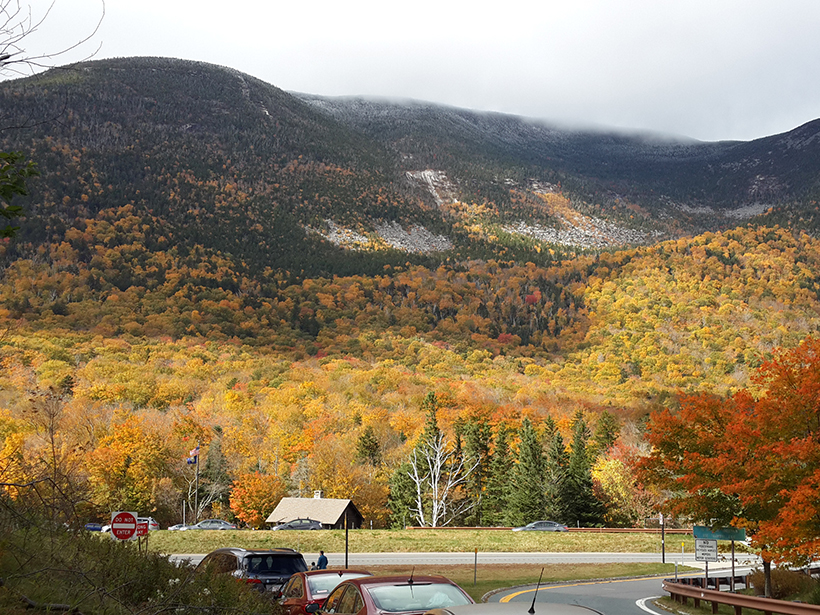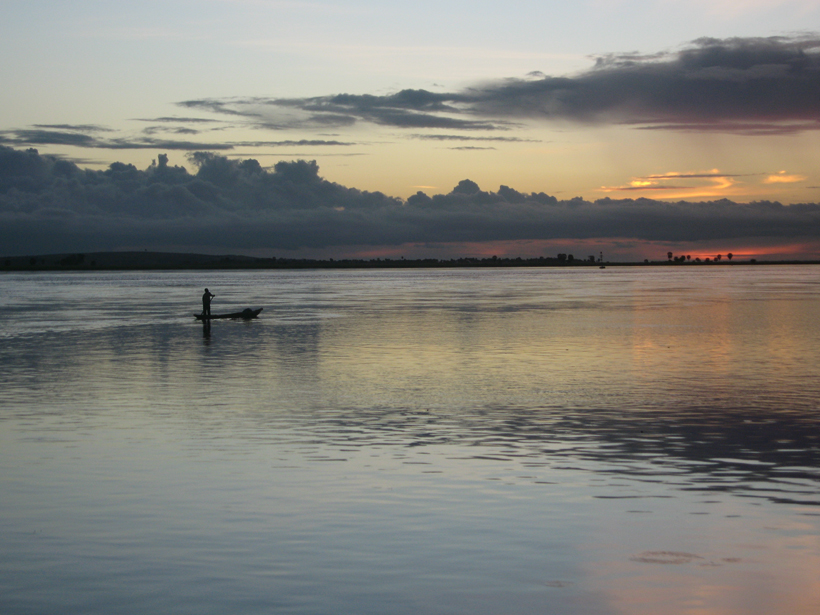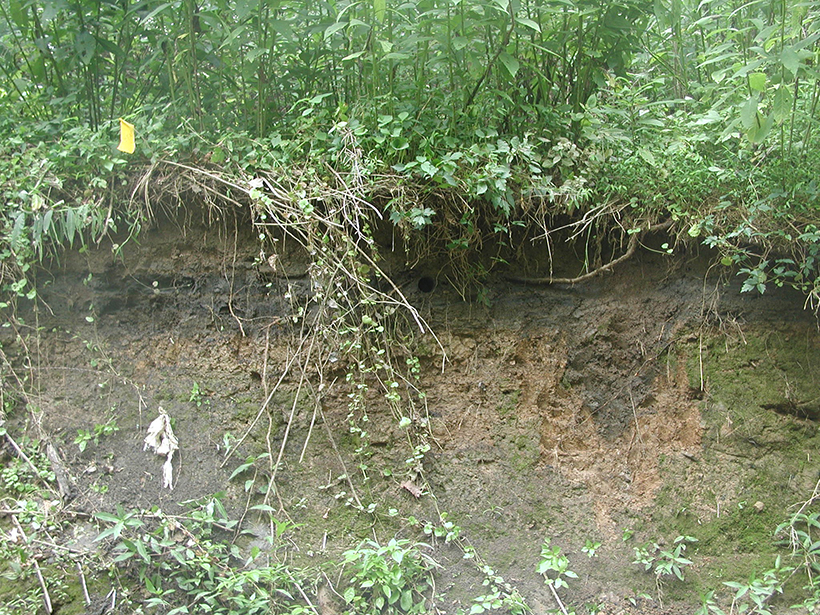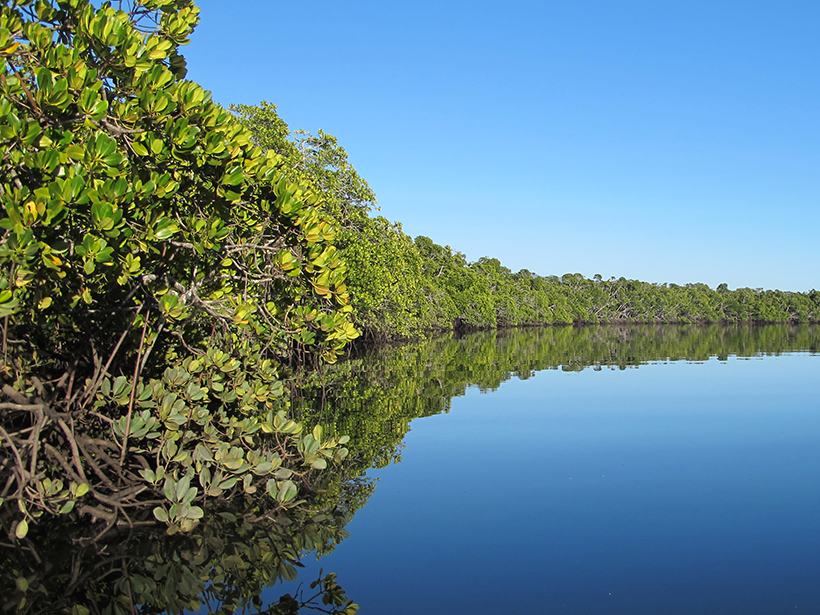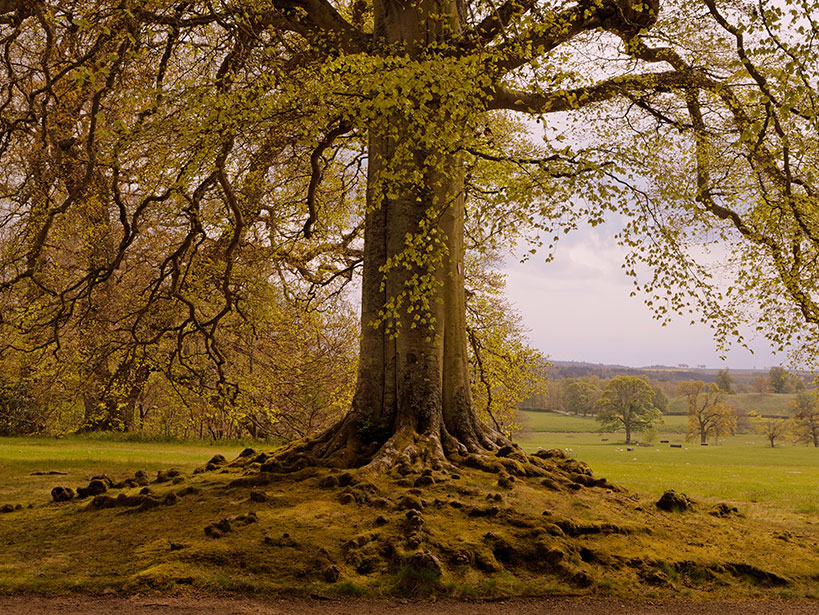Researchers collected carbon from 3 years' worth of air samples and traced it back to its source.
carbon cycle
Bringing Biogeochemistry into the Argo Age
Plans are underway to integrate and augment a collection of regional programs to form a global biogeochemical monitoring network.
Improving Carbon Cycle Projections for Better Carbon Management
Workshop on Development of Predictive Carbon Cycle Science; College Park, Maryland, 7–9 March 2016
Can We Predict the Future of Ocean Carbon Dioxide Uptake?
A new understanding of uncertainties in climate change models allows scientists to decide which source to tackle first in order to better forecast our planet's changing climate.
Promoting the Universal Language of Science: Translating Congo Research
Overcoming barriers to broaden scientific discovery in the Congo
The Role of Seafloor Methane in Ancient Global Warming
New research suggests that release of methane from seafloor hydrates was much slower than hypothesized during a period of rapid global warming about 56 million years ago.
Advancing Soil Carbon Cycle Science
Workshop to celebrate 2015–2024 International Decade of Soil; Boulder, Colorado, 14–16 March, 2016
Rocks in Chile Help Scientists Hunt for Life on Mars
Investigating oxalate minerals in the Atacama Desert provides a terrestrial analogue to test techniques that could be used to study the carbon cycle in the cold deserts of Mars.
Can Mangroves Buffer Ocean Acidification?
New research evaluates the ability of coastal foliage to influence the ocean's pH.
Nitrogen Garners Starring Role in Refined Earth System Model
Scientists create a more realistic representation of plant nitrogen uptake and usage to improve global climate simulations.



